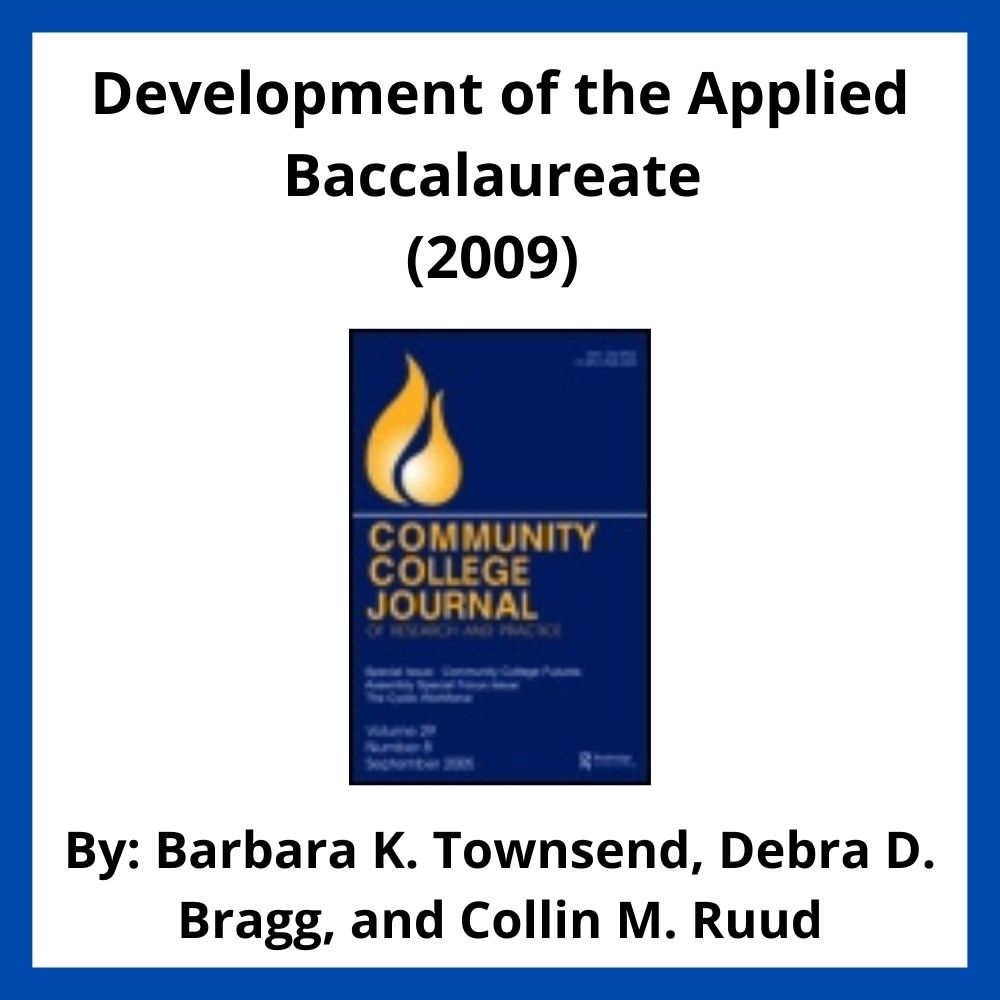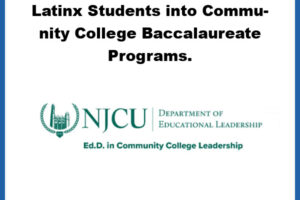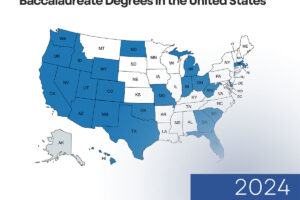Development of the Applied Baccalaureate (2009)
Abstract Summary:
Increasing demands for economic competitiveness and educational effectiveness have led states and institutions to implement new approaches to facilitating baccalaureate completion. This study examined one of these approaches, the applied baccalaureate degree, which is designed to incorporate applied associate course work and degrees once considered terminal or at a non-baccalaureate level into a transfer program leading to a baccalaureate degree. Based on a national state-by-state inventory conducted in 2007–2008, the study documents the extent to which applied baccalaureate degrees are offered across the United States and explores the development of these degrees in community colleges and traditional baccalaureate degree-granting institutions. Using Stark and Lattuca’s (1997) lens of factors affecting curriculum development and implementation through external, organizational, and institutional lenses, this study found many applied baccalaureate degrees emerged in response to external or environmental influences, such as workforce demands and statewide needs to increase baccalaureate attainment. Student demand and institutional support were less apparent, though evident in some institutions. More research is needed to examine the economic and educational effectiveness of these degrees as well as to explore which student populations are impacted by this phenomenon. Enrollment and impact on adult learners are especially important questions, given the focus of the degrees on workforce and economic development.
Review The Full Research Document Here
Townsend, B. K., Bragg, D. D., & Ruud, C. M. (2009). Development of the applied baccalaureate. Community College Journal of Research and Practice, 33(9), 686–705




